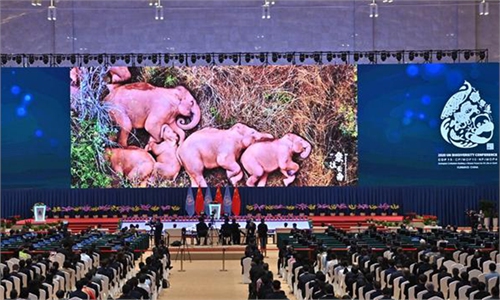Population of extremely endangered high-plateau gazelle restored thanks to conservation efforts
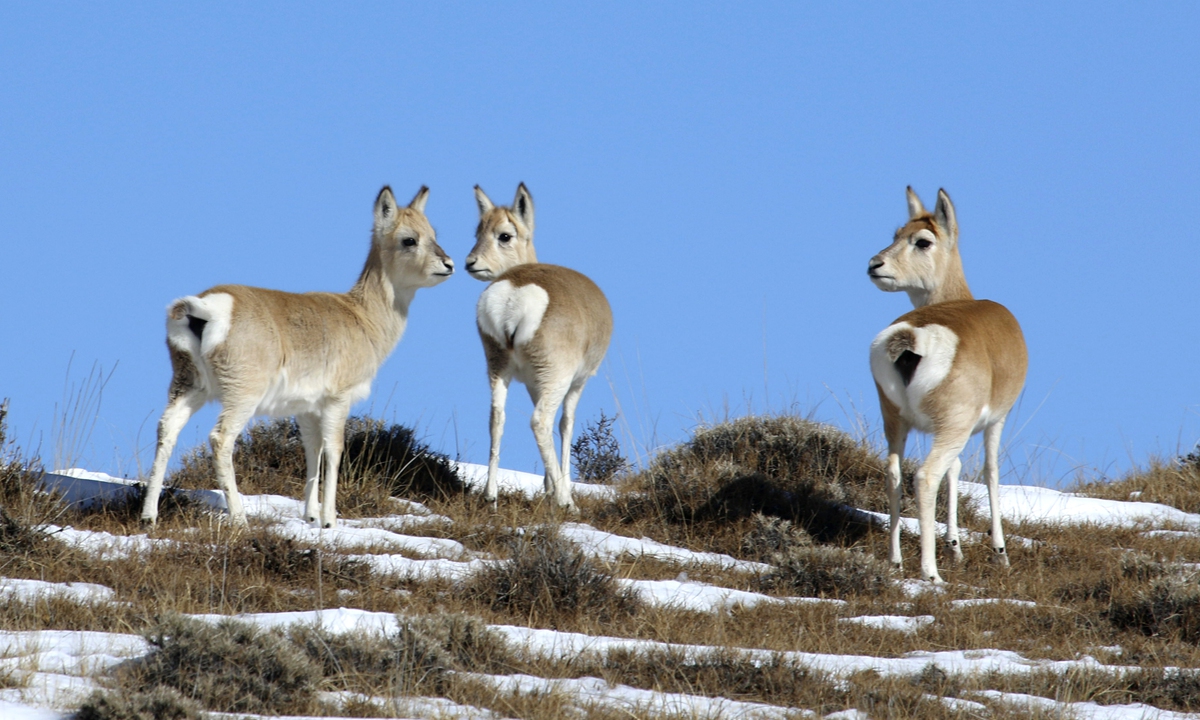
Przewalski's gazelles Photo: Courtesy of Ge Yuxiu
At their darkest days, the population of Przewalski's gazelle was less than 300, no more than giant pandas.
After two decades of natural conservation with the efforts from different parties, the population of the precious species has increased around 10 times, making it an outstanding example of China's achievements in conserving ecosystems and the environment in the Qinghai-Xizang Plateau.
In the past 25 years in Qinghai, wildlife photographer Ge Yuxiu has followed the traces of the Przewalski's gazelle and devoted himself in promoting the preservation of the species. While documenting the restoration of the gazelles, Ge has also witnessed the change of people's awareness and activities in the high plateau region.
The Sanjiangyuan National Park, where three major rivers originate and home to the Przewalski's gazelle, was announced to be among the first batch of national parks in China. The future of wildlife species in the Qinghai-Xizang Plateau, including the Przewalski's gazelle, will be guaranteed.
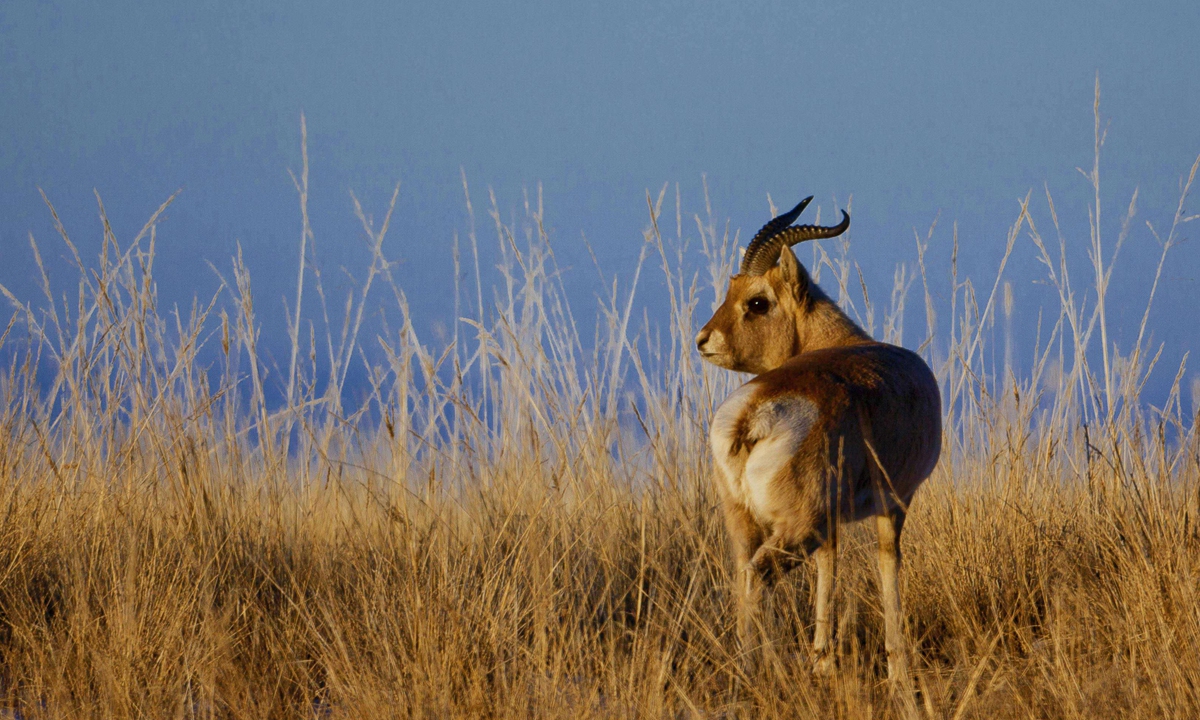
A Przewalski's gazelle Photo: Courtesy of Ge Yuxiu
High-plateau gazelle
Przewalski's gazelle is a unique species of China. It is currently only present in a small area around Qinghai Lake in Northwest China's Qinghai Province.
It is listed as an endangered animal by the International Union for Conservation of Nature in its red list and is China's national first-class protected animal. It is one of the most engendered gazelles in the world.
Przewalski's gazelle was once widely distributed in regions including Inner Mongolia, Ningxia, Gansu and Qinghai in northern and northwestern China. However, in the 1960s, during the three-year natural disasters, large numbers of Przewalski's gazelles were hunted and killed while their habitat continued deteriorated. The population of the animals rapidly decreased.
In the 1990s, there were only less than 300 surviving individuals around the Qinghai Lake, scientists estimated.
The Przewalski's gazelle also faced other challenges, including parasites, fences, wolves, winter drought and isolated population.
Przewalski's gazelles are adorable animals of Qinghai. They have sandy and ocher fur in summer, and brown and yellow in winter. Males have black horns pointing at each other and heart-shaped white fur on their rear.
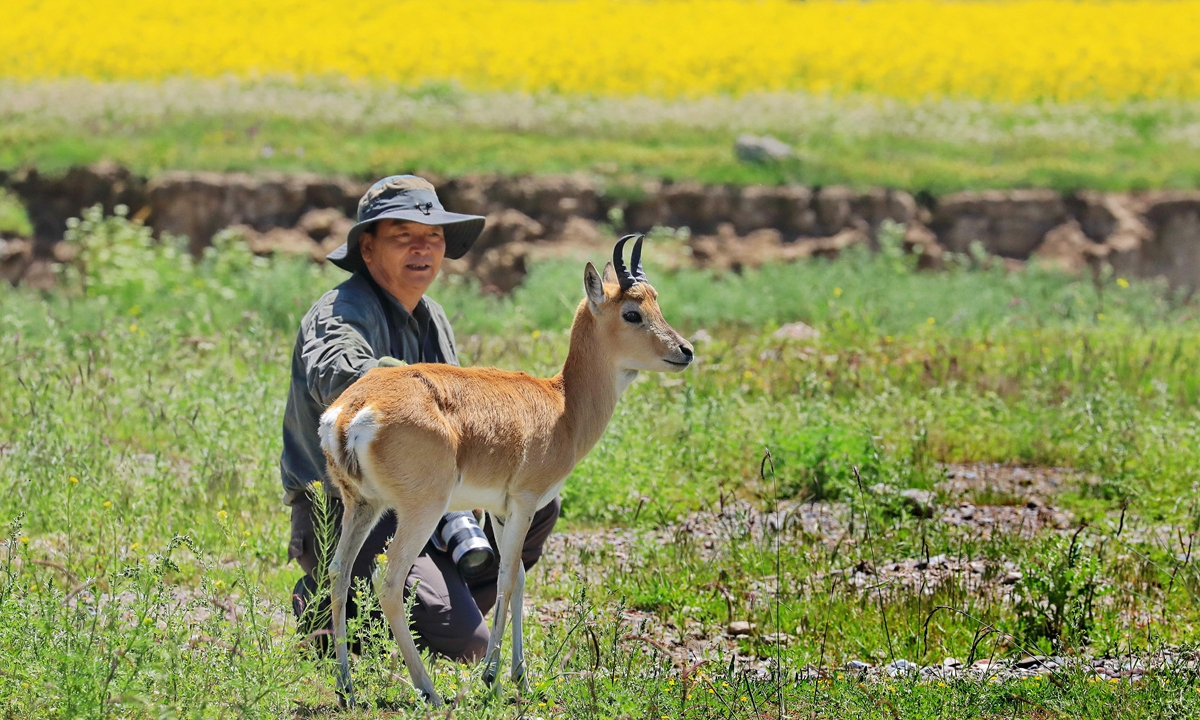
Photo: Courtesy of Ge Yuxiu
Restoring population
In November 1997, on the way to shoot some pictures of wild swans, photographer Ge Yuxiu met Przewalski's gazelle for the first time. "There were seven of them, jumping and running in a line. Their white tails were like lotus on the grassland," Ge said.
It happened too fast and Ge was unable to snap a perfect picture. However, the unclear photo turned out to be the first time the mysterious and rare animals had been captured in camera.
From then on, in the following 25 years, Ge never stopped following the gazelles.
Ge often used his spare time to observe the gazelles and take pictures. Sometimes, he had to hide in the cold grass for hours and face the risks of wolves. But Ge gradually leaned about the gazelles' activities and recorded many import moments, such as courtship and mating.
However, Ge found that most people do not know the Przewalski's gazelle, nor are aware that it is the unique species living at the Qinghai Lake. He made up his mind to call on more people to join the team to protect these fragile and adorable animals.
In recent years, volunteers and governments have been working together to protect the Przewalski's gazelle by building drinking ponds, reserving migration channels, removing net fences and barbed wire, and feeding overwintering forages. In 2015, the number of individuals of this species living around Qinghai Lake was approximately about 1,200.
Recently, thanks to the unremitting efforts and appeals of volunteers, the height of the net fence in Qinghai has dropped from 1.5 to 1.2 meters. A total of 500,000 meters of wire fence have been removed.
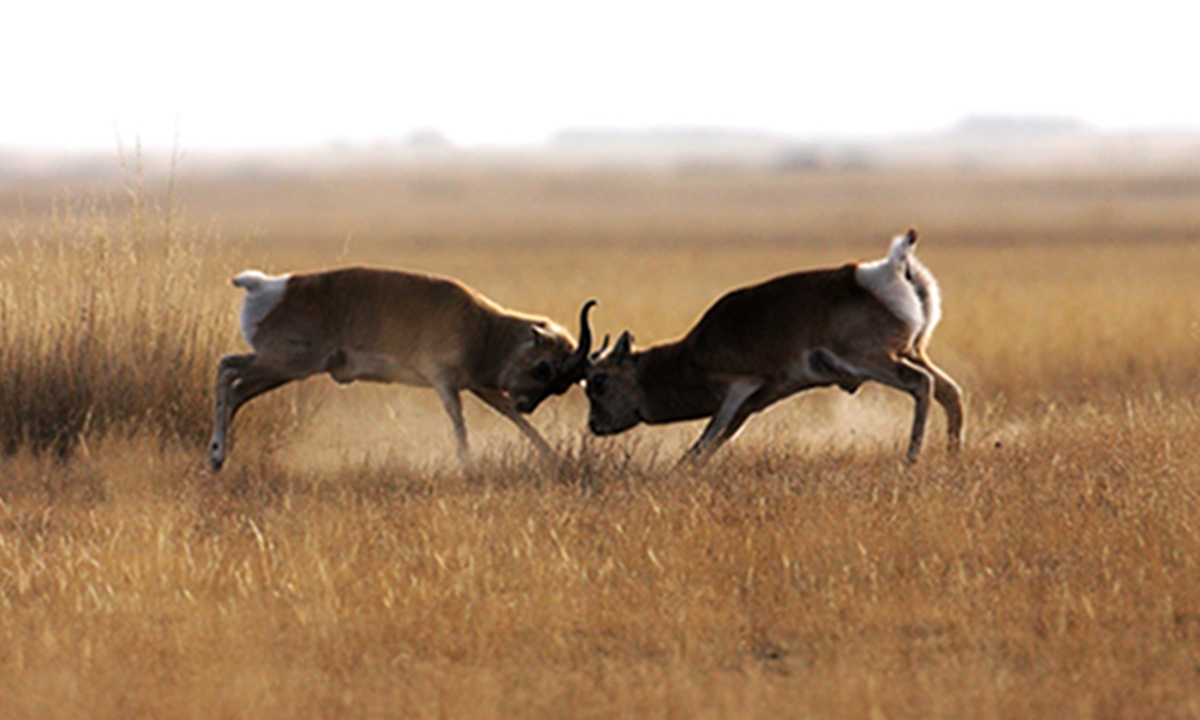
Photo: Courtesy of Ge Yuxiu
Name changing
The Przewalski's gazelle was named after Nikolay Przhevalsky, a Russian geographer and alleged spy in the 19th century. However, as China's "godfather" of the promotion and protection of Przewalski's gazelle, Ge has been advocating the public to accept the new Chinese name of the gazelle as "Chinese diagonal gazelle," because Przewalski's bad record while traveling around China.
In 1872, Przewalski left Beijing to collect some information in China. Bringing a team of camels and horses, Przewalski planned to visit Lhasa. A naturalist as he was, Przewalski collected more than 130 specimens of animal skins and skulls and about 1,000 birds. He killed more than 30 Tibetans in Qinghai.
The Chinese name of the species should reflect the self-confidence of Chinese culture and achievements preserving nature, an expert said.
Nowadays, many scholars and experts have accepted the name "Chinese diagonal gazelle," and many people in China have learned about the species. This special gazelle has also become the mascot of the Tour of Qinghai Lake.
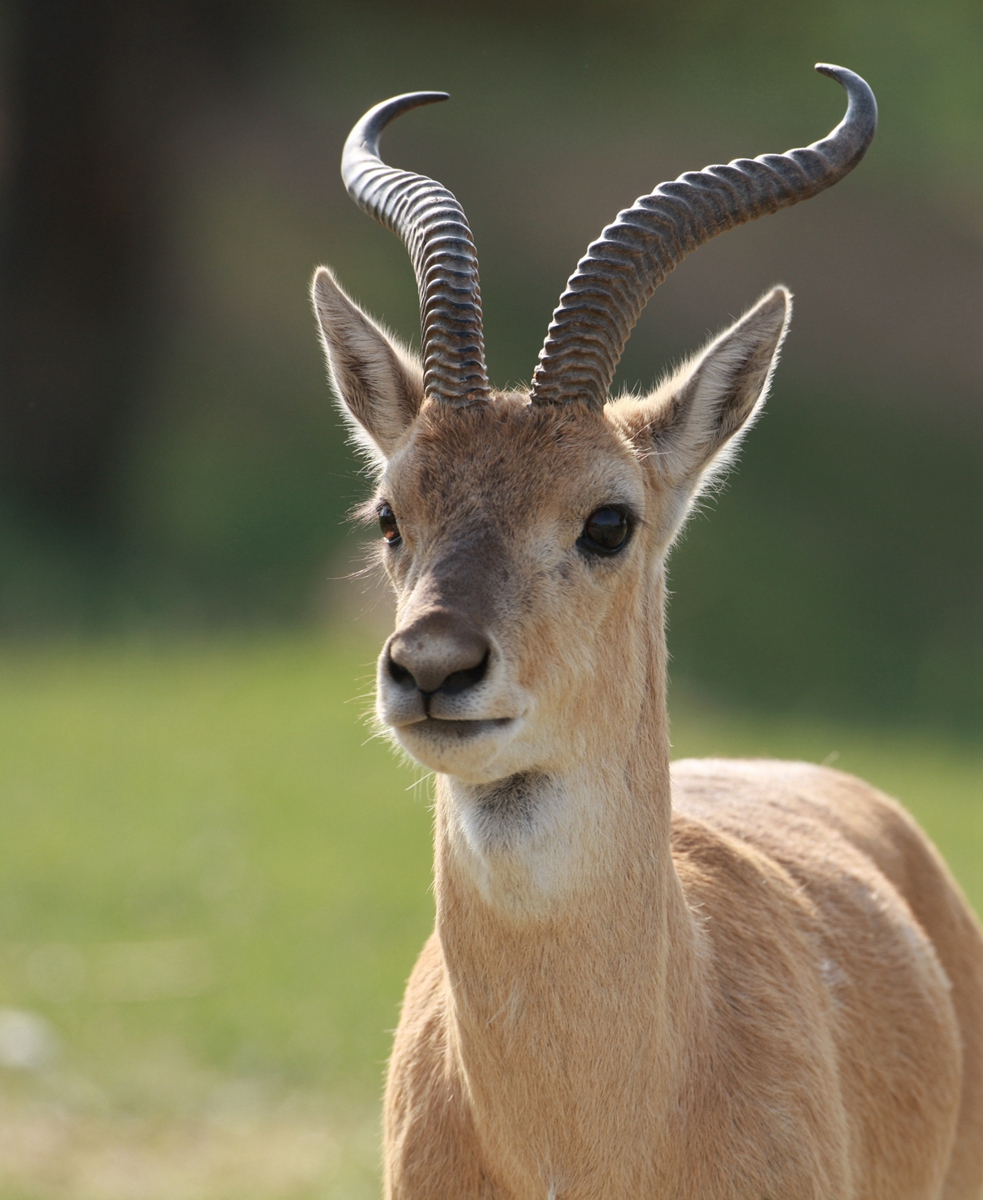
Photo: Courtesy of Ge Yuxiu


